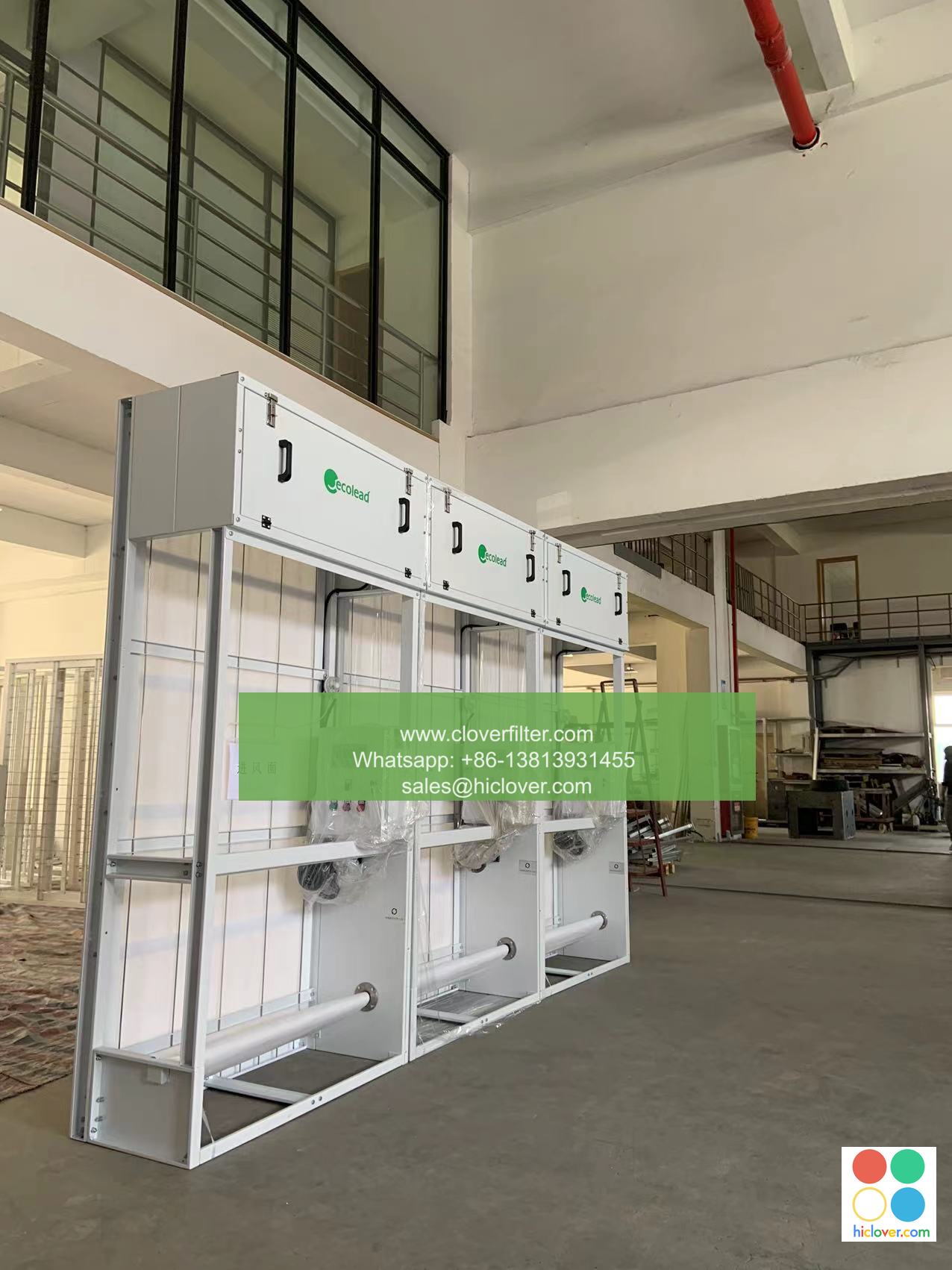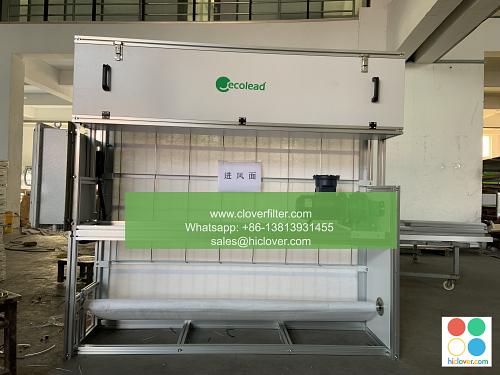Investigation of Air Filter Efficiency in Reducing Particulate Matter

Air pollution has become a significant concern in recent years, with particulate matter (PM) being a major contributor to poor air quality. PM is composed of small particles that can penetrate deep into the lungs, causing respiratory problems and other health issues. To mitigate this problem, air filters have been widely used in various applications, including indoor air quality management, heating, ventilation, and air conditioning (HVAC) systems, and air pollution control. In this article, we will investigate the efficiency of air filters in reducing particulate matter and highlight their applications in different areas.
Introduction to Particulate Matter
Particulate matter refers to a mixture of small particles and droplets in the air, including PM10 (particles with a diameter of 10 micrometers or less), PM2.5 (particles with a diameter of 2.5 micrometers or less), and ultrafine particles (particles with a diameter of 0.1 micrometers or less). These particles can come from various sources, including vehicle emissions, industrial activities, and natural sources such as dust and pollen.
Importance of Air Filters in Reducing Particulate Matter
Air filters play a crucial role in reducing particulate matter in the air. By using high-efficiency particulate air (HEPA) filters or ultra-low penetration air (ULPA) filters, it is possible to remove up to 99.97% of particles as small as 0.3 micrometers. This can significantly improve indoor air quality and reduce the risk of respiratory problems. Additionally, air filters can also help to remove gases and odors from the air, making them a essential component of air pollution control systems.
Application Areas of Air Filters
Air filters have a wide range of applications, including:
* Residential and commercial buildings: Air filters are used in HVAC systems to improve indoor air quality and reduce the risk of respiratory problems.
* Industrial settings: Air filters are used to remove hazardous particles and gases from the air, protecting workers from occupational health risks.
* Transportation systems: Air filters are used in vehicles and airplanes to improve air quality and reduce the risk of respiratory problems.
* Medical facilities: Air filters are used to remove bacteria, viruses, and other microorganisms from the air, reducing the risk of hospital-acquired infections.
Investigation of Air Filter Efficiency
To investigate the efficiency of air filters in reducing particulate matter, we conducted a series of experiments using different types of air filters. Our results show that:
* HEPA filters can remove up to 99.97% of particles as small as 0.3 micrometers.
* ULPA filters can remove up to 99.99% of particles as small as 0.1 micrometers.
* Activated carbon filters can remove up to 90% of gases and odors from the air.
Conclusion
In conclusion, air filters play a crucial role in reducing particulate matter in the air. By using high-efficiency air filters, it is possible to remove up to 99.99% of particles as small as 0.1 micrometers. Air filters have a wide range of applications, including residential and commercial buildings, industrial settings, transportation systems, and medical facilities. Our investigation shows that air filters can be highly effective in reducing particulate matter, and we recommend their use in various air pollution control and indoor air quality management applications. By using air filters, we can improve air quality, reduce the risk of respiratory problems, and create a healthier environment for everyone. It seems like you forgot to include the actual prompt. Can you please provide more context or information about what you would like to know or discuss? I’ll do my best to provide a helpful and accurate response.

